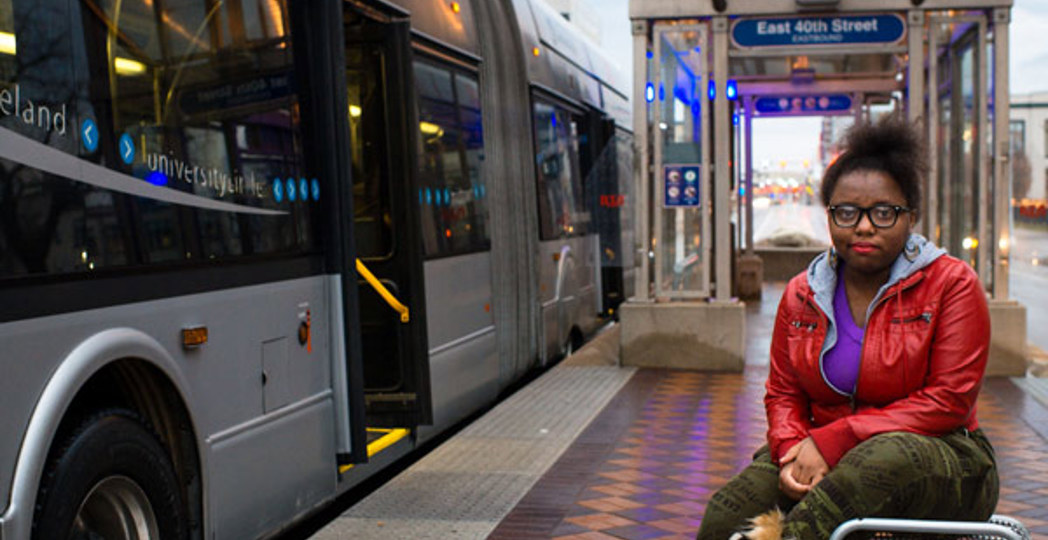Home Work
by Steve Gleydura | Mar. 1, 2017 | 5:01 AM

Angelo Merendino
Things were already starting to look up for Daniel Lentine as we finished our reporting for last April’s “The Lost Ones,” a look at efforts to end youth homelessness in Cuyahoga County by 2020.
When assistant editor James Bigley II met him in January 2016, the 22-year-old had been sleeping with two others inside a 15-foot-wide alcove under a West Side bridge nearly every night for a year. Like many homeless men and women his age, Lentine was fearful of the overcrowded shelter system, which made it difficult to help him. Although he had found a place with a friend and a temporary job as a painter, his situation seemed precarious a month later. Lentine yearned for something more stable. “If I had a place,” he said back then, “I would know I had something to work for.”
As we detailed in that original story, a group of more than 60 organizations and public agencies had been building toward that same goal through the A Place 4 Me initiative. Thanks to their coordination, they received a big boost last fall by winning a national competition to fast-track their efforts. But it created an incredibly lofty target: House 100 homeless youth in 100 days.
To understand just how big the task might be, consider that one of the first steps was to create a physical list of names of homeless 18- to 24-year-olds that could be shared among all the partners. A list which had previously not existed.
Additional landlords, willing to rent to them, had to be found. Dedicated staff was needed to help them navigate the shelter and housing system. Grants and private donations had to be secured to pay for rent, security deposits and lodging kits, beds and kitchenware. Extensive mediation was necessary to create bridges that would reunite homeless youth with their families.
By the end of the 100 days, A Place 4 Me had surpassed its goal, finding housing for 105 young adults, including Lentine. This month in “Homeward Bound,” we update the progress and interview four others who were aided by the initiative.
But this is by no means the end. In order to make permanent change, we must continue to build a network of support for all the challenges ahead.
“We can’t serve youth for a minute and then drop them,” Eric Morse of FrontLine Service, told the crowd during the 100-Day Challenge symposium in January. “What we need is someone who’s going to be there for whenever they do need them.”
Trending
-
1
-
2
-
3
-
4
-
5










